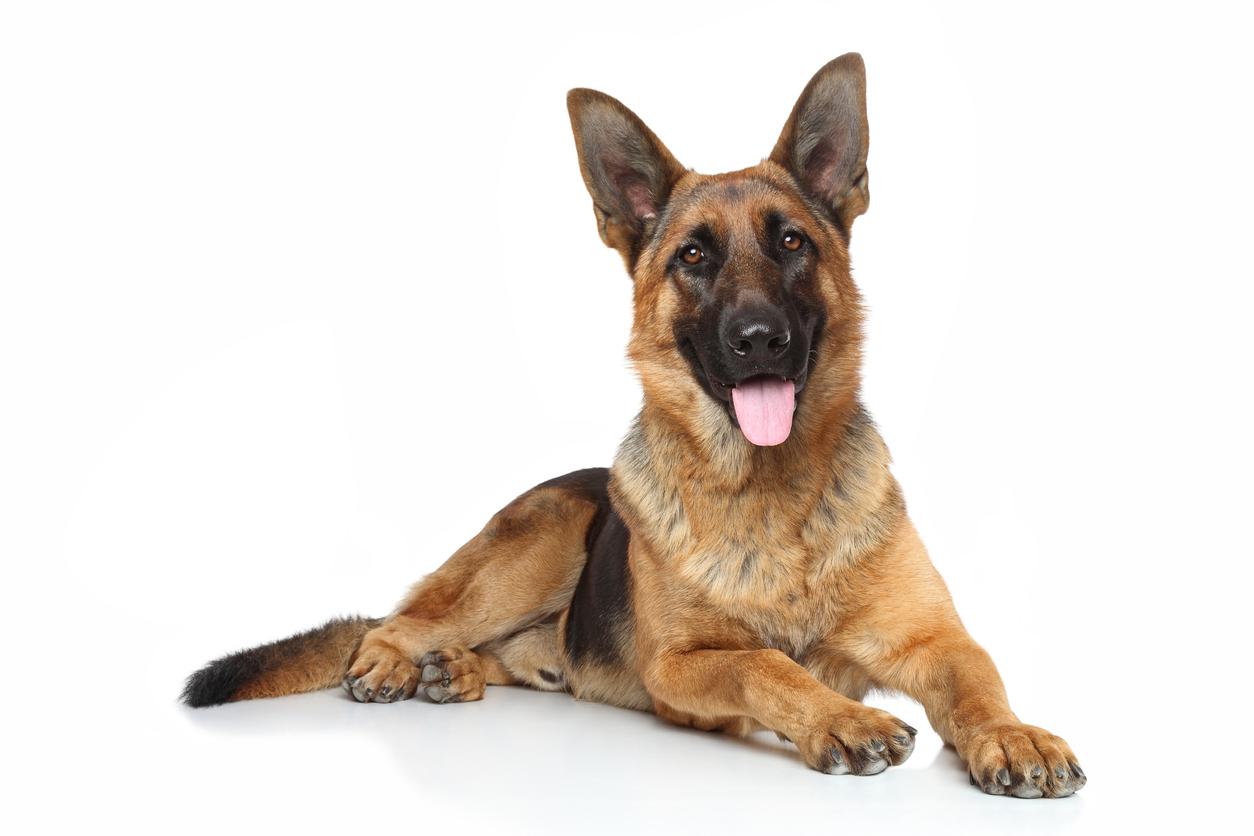Overview
This looks like a swelling next to the anus and can lead to problems with urination and defecation. In some cases, the organs from the abdomen can become stuck between the weakened muscles and create an emergency. This problem is almost exclusively seen in older intact (non-neutered) dogs, or dogs that were neutered later in life. Hernias can be seen on one side (unilateral hernia), or both sides (bilateral hernia).
Surgical options
Surgical repair is usually recommended to prevent organ entrapment (organs getting stuck). The surgery with the highest success rate is the internal obturator flap repair. During this procedure, the internal obturator muscle, which covers a portion of the pelvis, is used to create a flap to help strengthen the weak muscles of the pelvic diaphragm.
Sometimes, the internal obturator flap may be combined with an abdominal surgery to help replace the dislocated organs and develop a permanent adhesion between the displaced organ and the body wall (called a ‘pexy’) to prevent future displacement from happening again.
Castration (neutering) is required to help prevent the problem from recurring.
The healing time is ~2-3 weeks, and during this time it is important for dogs to wear the e-collar (“cone of shame”), have limited activity, and in some cases have a stool softener.

